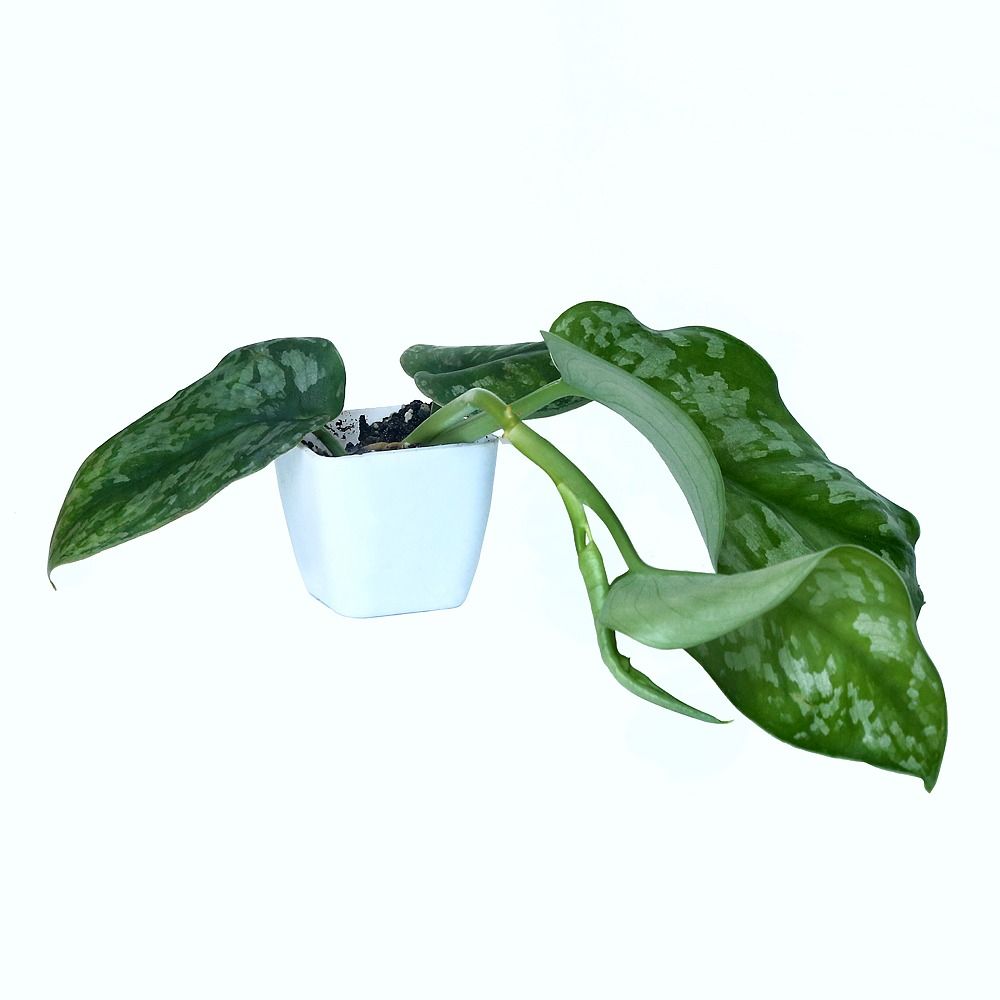Your Aquarium, Delivered.
Looking to build your dream tank? You've come to the right place.
Bunnycart is India's leading aquarium online store - trusted by hobbyists, beginners, and pros alike.
What You'll Find Here
- Live aquatic plants, fresh from our own farm
- Easy-to-grow tissue culture plants
- Healthy, active fish from our online aquarium fish store
- Smart tools and accessories to complete your setup
Why Bunnycart Works
- We're not just an online aquarium store - we grow what we sell
- Expert packing and shipping for live arrival
- Doorstep delivery across India
- Free delivery for Plant orders above ₹ 499
Start Small. Grow Big.
- Pick your plants
- Choose your fish
- Place your order through our aquarium shop online
- Watch your tank thrive
Simple. Safe. Delivered.
You don't need to visit five stores. You don't need to guess what works. With Bunnycart, you get everything in one place - straight from India's most reliable online aquarium store.
Build better tanks. Shop smarter. Begin now with Bunnycart.
Customer Reviews
Testimonials

I have order from Silchar Assam but I get all plant live except one plant but I happy by their services and package.
Fazal Choudhury

1. A very detailed catalogue for plants and their description written in very excellent details. 2. Plants that i ordered are in Very Good conditions. 3. Excellent customer service even faster than some MNCs. I appreciate the effort Bunnycart is making in this field.
Anand Bharti

Dear Team, I had ordered microworm starter culture. I would like to mention that the culture was not at all good. I barely found some microworm in that, which were not sufficient to start the culture. Plants which ordered twice from Bunnycart was good except few plants. Kindly improve in starter culture sector. Thanks & regards Umar
Umar

Nice plant and nice delivery
Dj sanjay

I had ordered pistia plants . They were so tiny they didn't survive. The other plants are good. Can I get another set.
uma

Hi Team, I have received the parcel in good condition on Sunday morning(10-aug) at the destined location(kalasipalyam, Bangalore) . None of the fish died during this transportation. I am thankful to the manager for helping me throughout this process. He educated me well on the fishes and would like to personally thank him for this excellent service. It was a pleasure having this deal done and will surely recommend your site to interested parties. Vikas Singh, Bangalore
Vikas Singh









